Popular Tips
YOU MIGHT BE INTERESTED IN
All You Should Know About Potholes and Indian Roads
by IndianAuto Team |
07/02/2019
Potholes are dangerous murderers in the shadow and there are some ways to get rid of them. Read on to discover.









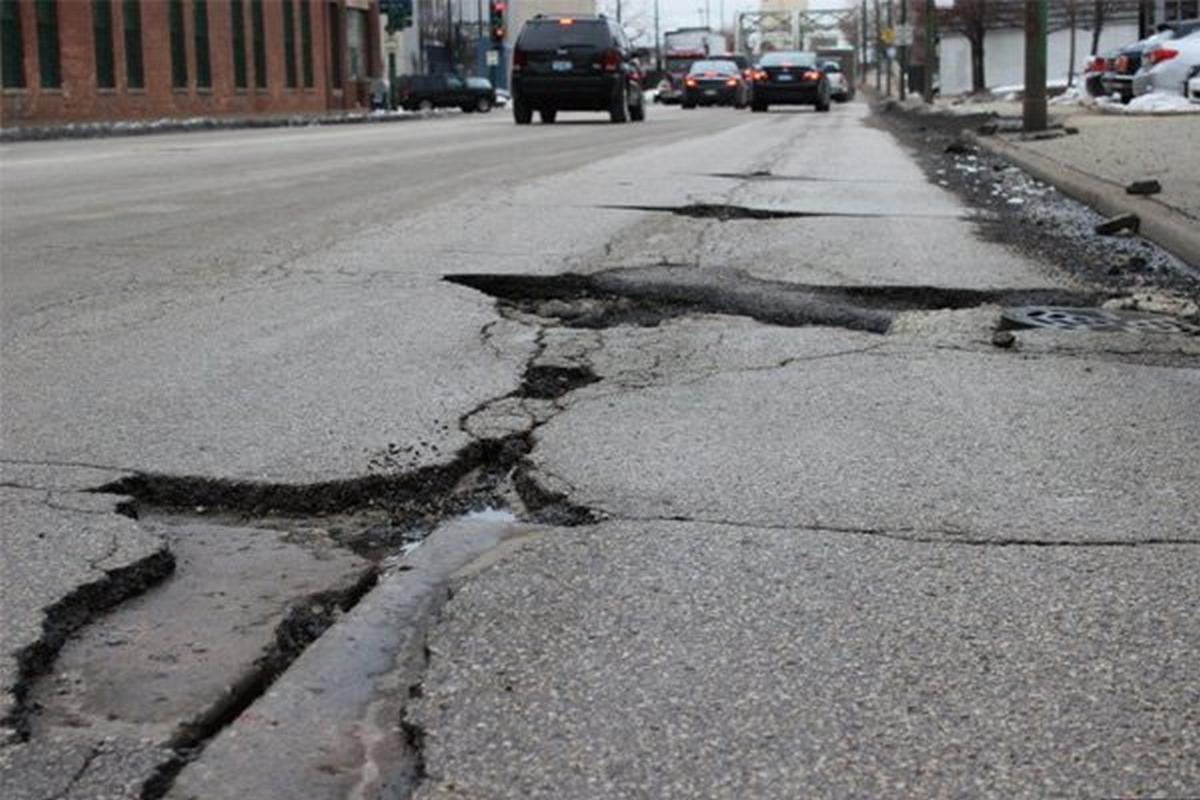
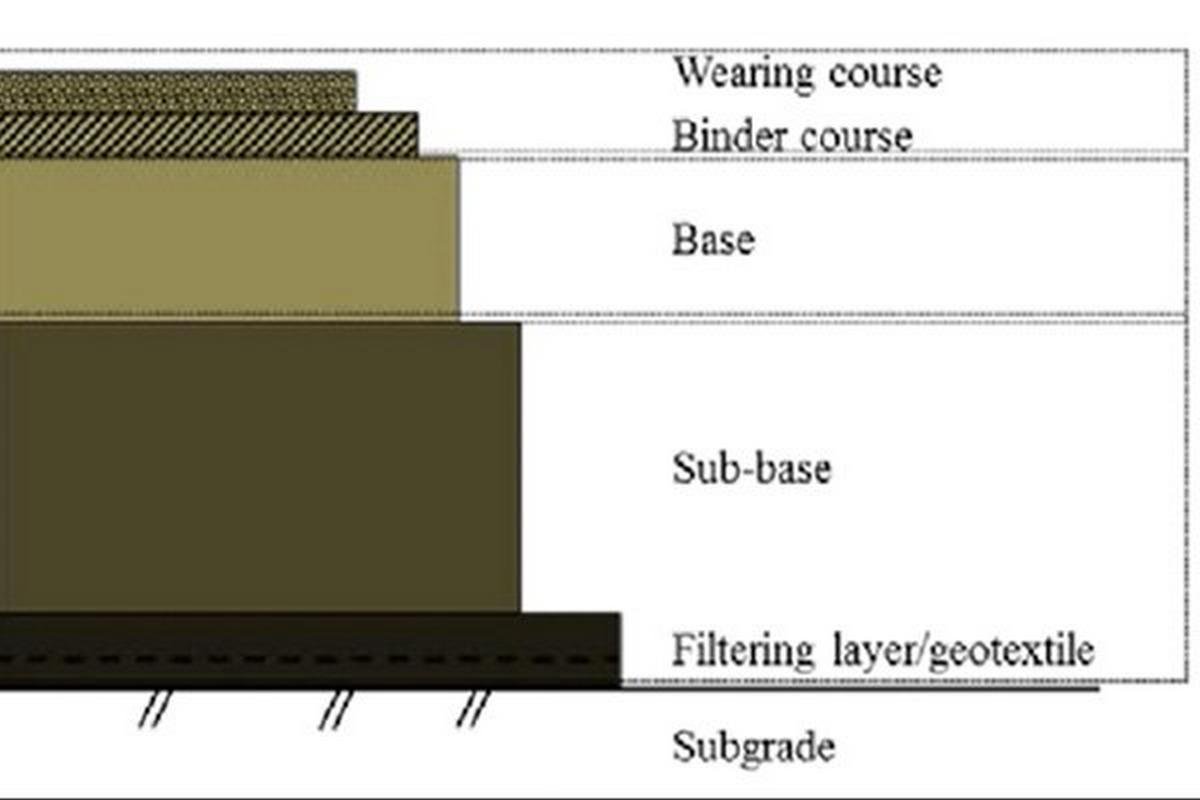
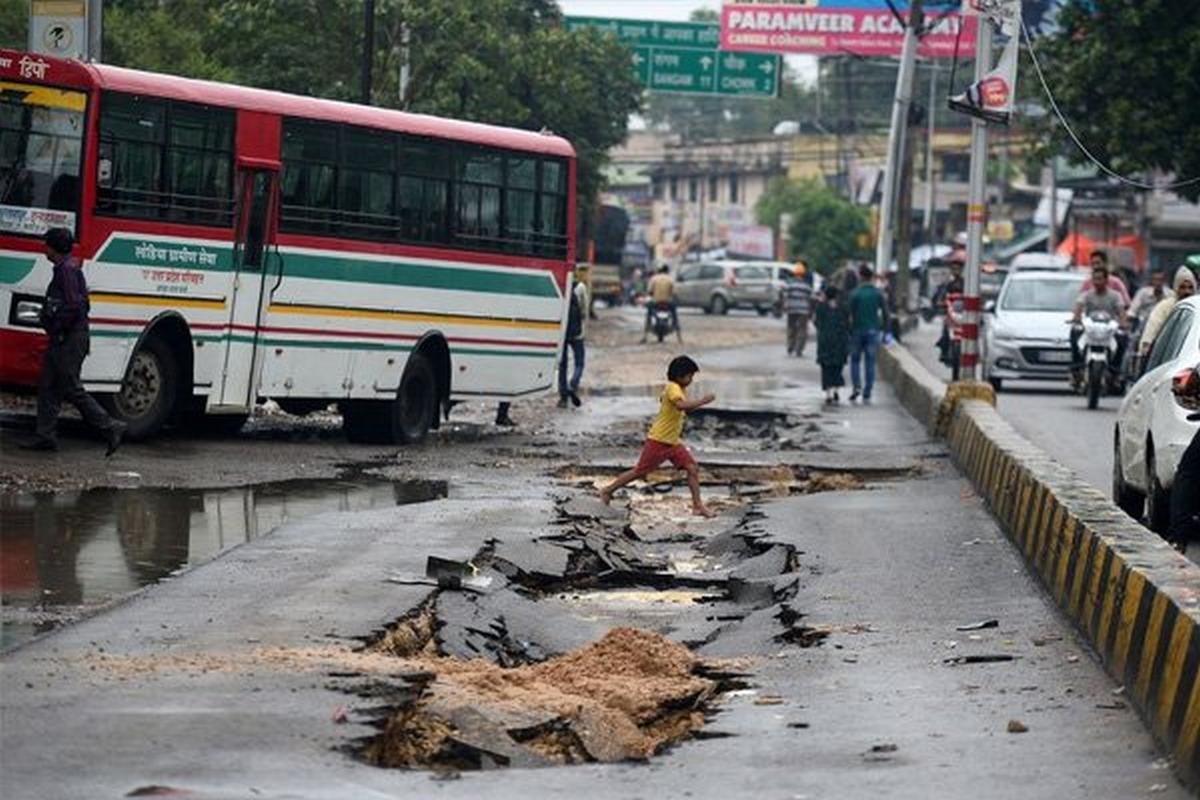
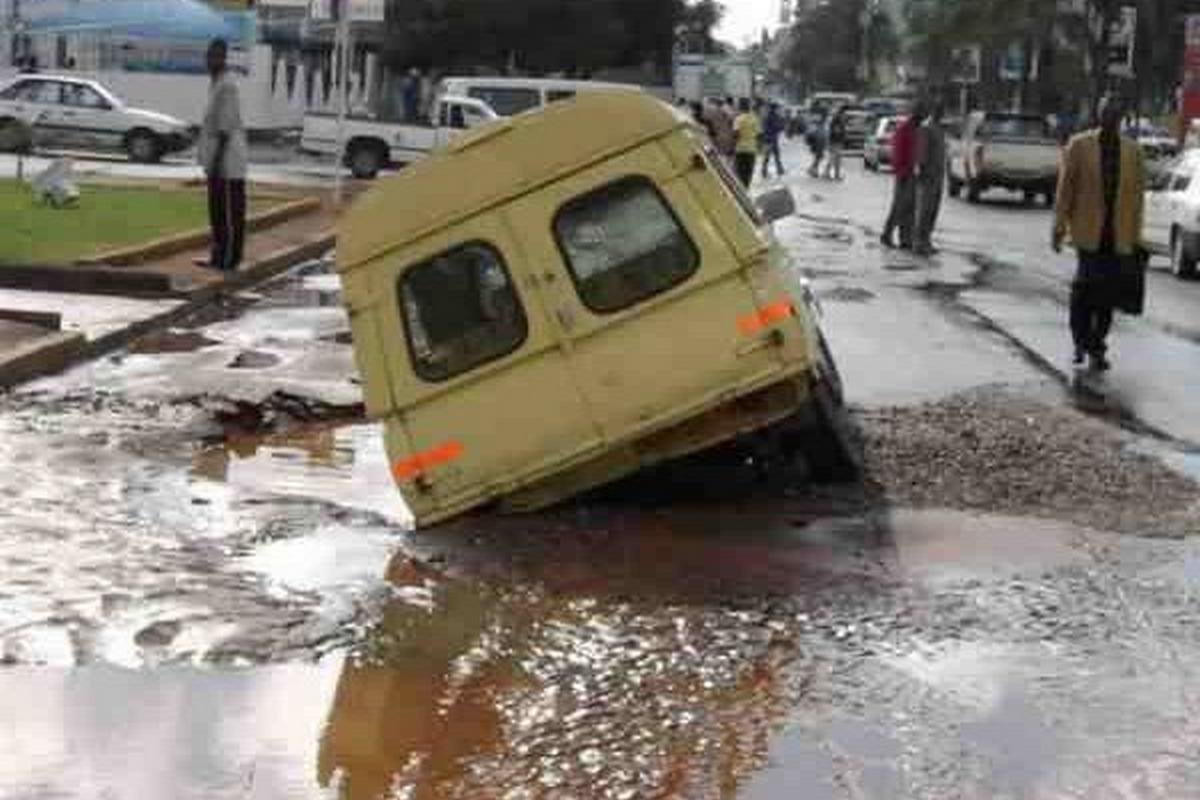
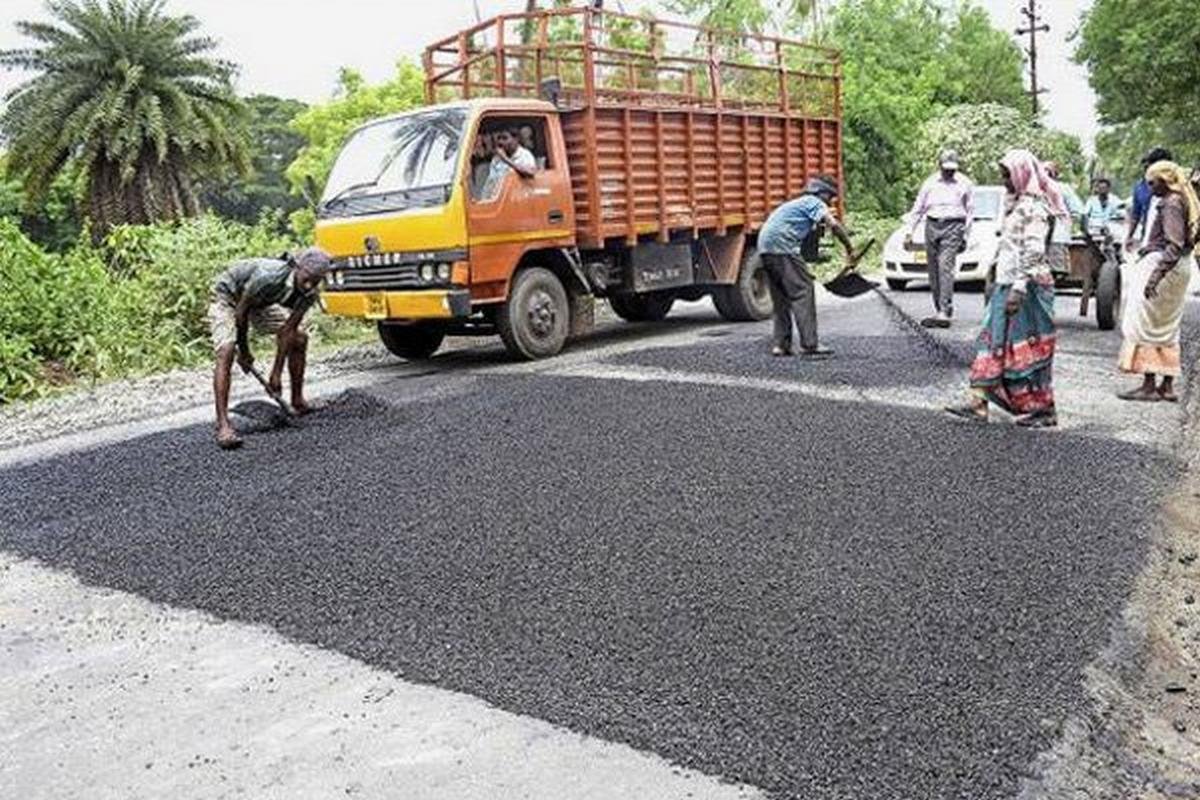
 Follow us on google news
Follow us on google news
